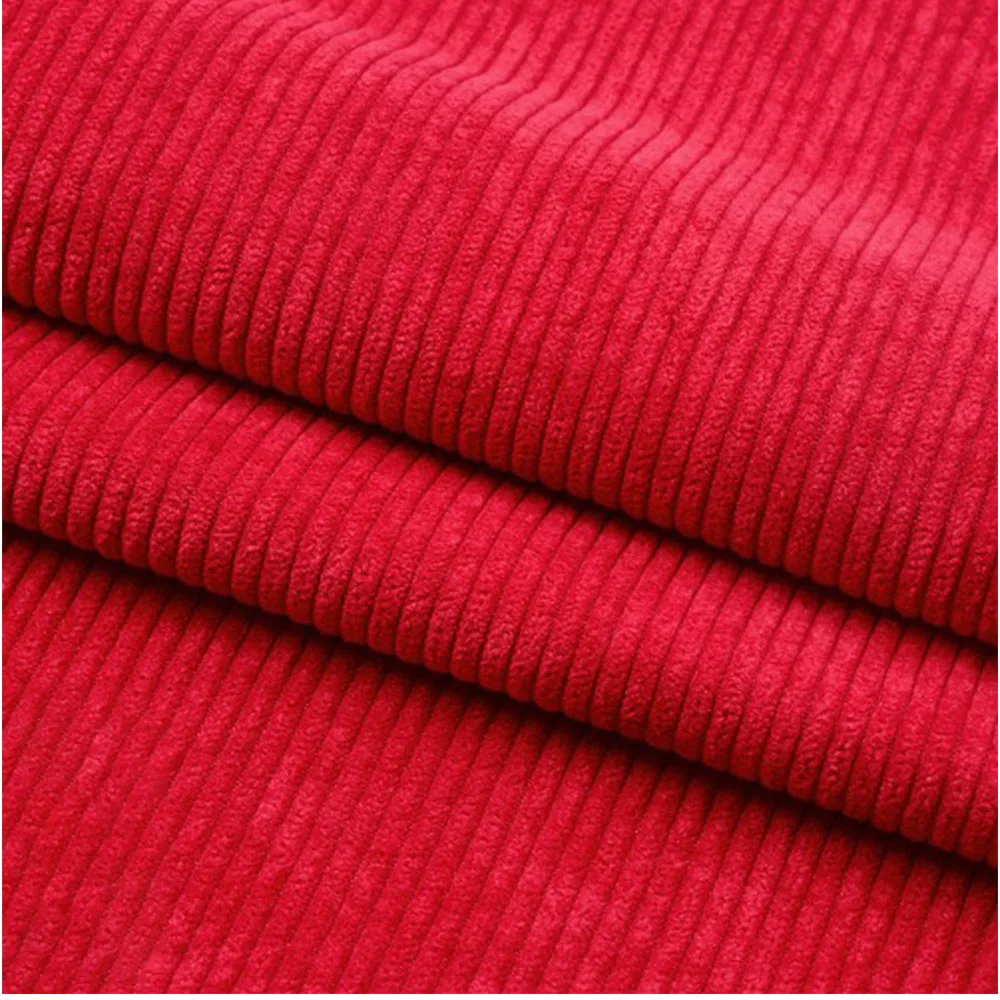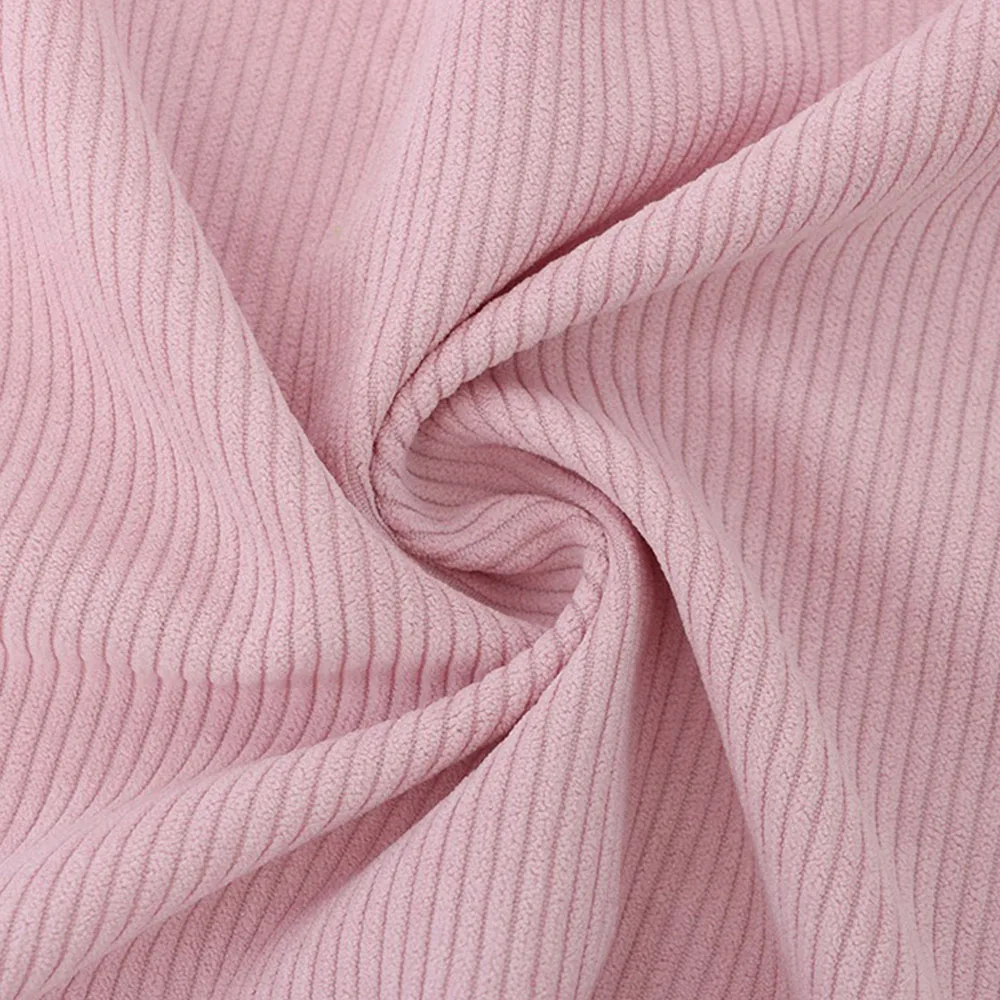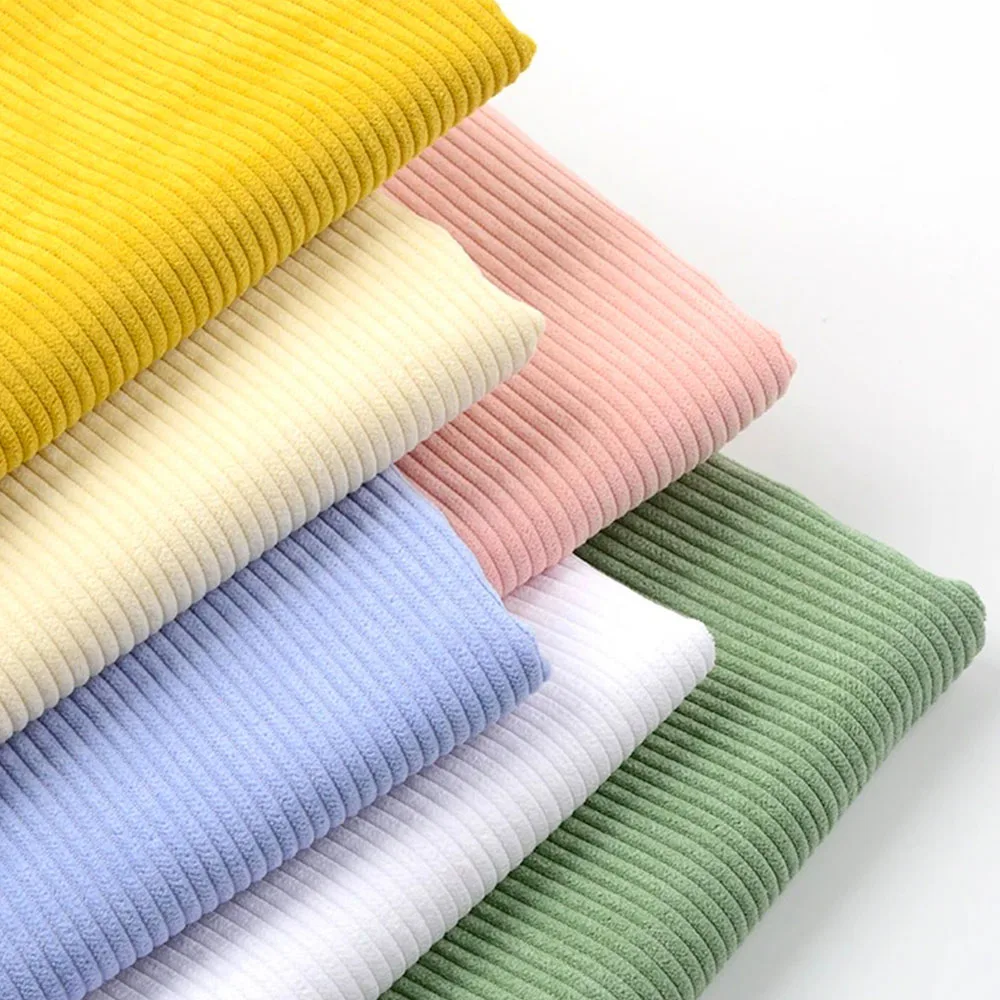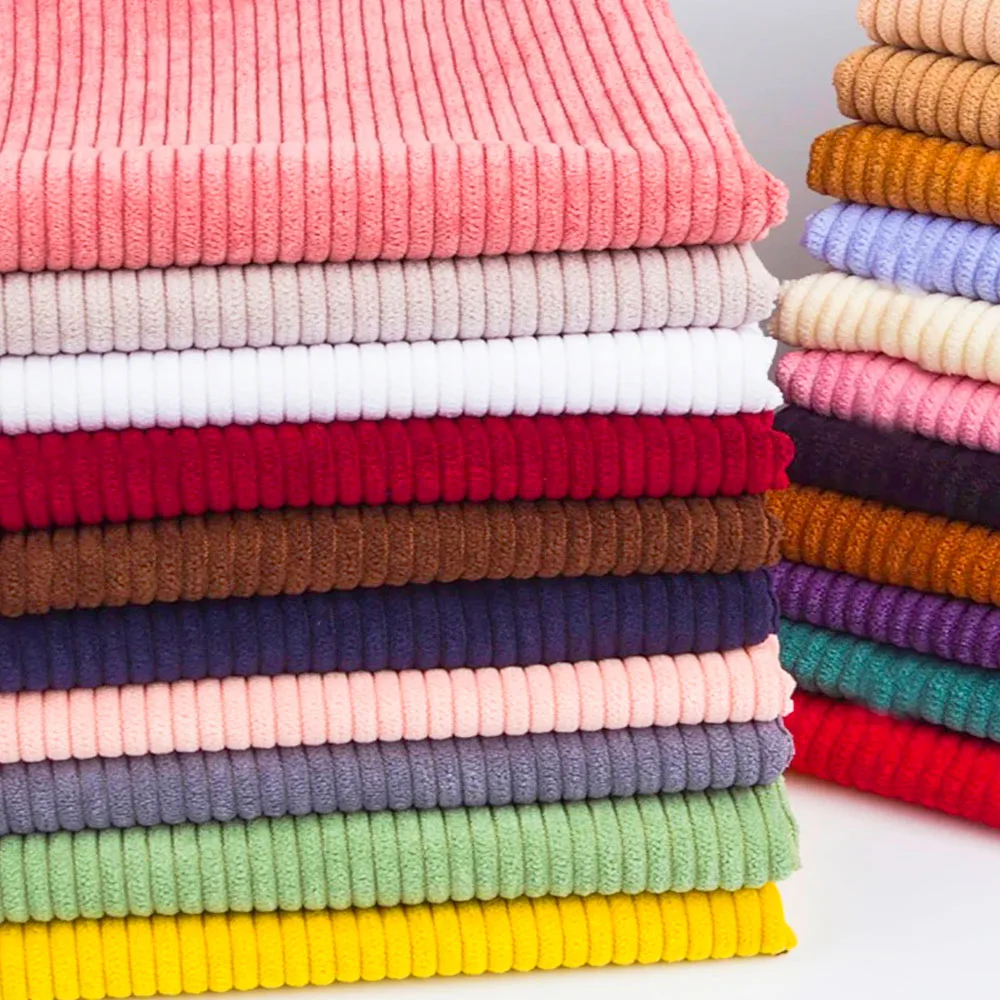Ink stains on fabric can be a frustrating and daunting problem, especially if they occur on cherished clothing or upholstery. Fortunately, with the right techniques and a bit of patience, you can often remove these stains effectively. This comprehensive guide will provide you with detailed instructions on how to tackle ink stains, using a range of methods tailored to different types of fabric and ink. Follow these steps to restore your items to their original condition.
Understanding Ink Stains
Types of Ink and Their Characteristics
Ink stains vary widely depending on the type of ink and the fabric it has come into contact with. Common types of ink include ballpoint pen ink, gel pen ink, fountain pen ink, and printer ink. Each type of ink has unique properties that affect how it interacts with fabrics. Ballpoint pen ink, for example, is oil-based and tends to penetrate deeply into the fibers, making it more challenging to remove. Gel pen ink, on the other hand, is water-based and can often be treated with simpler methods. Understanding the nature of the ink stain is crucial for choosing the most effective cleaning approach.
Fabric Types and Their Reactions to Ink Stains
Different fabrics react differently to ink stains. Cotton, for instance, is relatively absorbent and can hold onto ink stains tightly, requiring specific treatment methods. Synthetic fabrics, like polyester, are less porous but can still retain ink stains. Delicate fabrics such as silk or wool need gentle handling to avoid damage during the cleaning process. Identifying the type of fabric and understanding its properties will help you choose the best cleaning method and prevent further damage to your item.

Immediate Actions to Take
Blotting the Stain
The first and most crucial step in dealing with an ink stain is to blot the area immediately. Use a clean, dry cloth or paper towel to gently blot the stain, absorbing as much ink as possible. Avoid rubbing or scrubbing the stain, as this can push the ink further into the fibers and make it more difficult to remove. Blotting helps lift the ink from the fabric’s surface and minimizes the spread of the stain, setting the stage for more effective cleaning.
Avoiding Common Mistakes
When treating ink stains, it’s important to avoid certain common mistakes that can exacerbate the problem. Do not use hot water, as this can set the ink stain and make it more permanent. Also, avoid using bleach or other harsh chemicals that can damage the fabric. Instead, stick to gentle, fabric-safe cleaning agents and methods. Being cautious and following the right procedures can significantly improve your chances of successfully removing the ink stain.
Removing Ink Stains from Different Fabrics
Cotton and Cotton Blends
Using Rubbing Alcohol
For cotton and cotton blends, rubbing alcohol is often an effective solution. Place a clean cloth under the stained area to absorb any excess ink, then apply rubbing alcohol directly to the stain. Gently blot the area with a cotton ball or clean cloth, working from the outside edges of the stain toward the center to prevent spreading. Continue blotting until the ink starts to lift. Rinse the fabric with cold water and launder as usual. If the stain persists, repeat the process before drying the fabric.
Vinegar and Baking Soda Method
Another effective method for cotton fabrics involves using vinegar and baking soda. Mix equal parts of white vinegar and water, then apply the solution to the ink stain. Sprinkle baking soda over the stained area and let it sit for about 15 minutes. The combination of vinegar and baking soda helps lift the ink from the fabric. Afterward, brush off the baking soda and rinse the fabric with cold water before laundering. This method is particularly useful for stubborn stains that resist other treatments.

Synthetic Fabrics
Using Dish Soap and Ammonia
Synthetic fabrics such as polyester can be treated with a mixture of dish soap and ammonia. In a small bowl, mix one tablespoon of dish soap with one tablespoon of ammonia and two cups of warm water. Apply the solution to the ink stain using a clean cloth, gently blotting and working the solution into the fabric. Rinse thoroughly with cold water and launder as usual. Be sure to test the mixture on an inconspicuous area first to ensure it does not cause any damage or discoloration.
Commercial Stain Removers
For synthetic fabrics that are particularly resistant to homemade solutions, consider using a commercial stain remover specifically designed for ink stains. Follow the manufacturer’s instructions for application and removal. These products are often formulated with enzymes and solvents that target ink stains effectively. As with any cleaning product, it is important to test it on a small, hidden area of the fabric before applying it to the entire stain.
Delicate Fabrics
Dry Cleaning Solvents
For delicate fabrics such as silk or wool, it is often best to use a dry cleaning solvent. Place the fabric on a clean, white cloth or towel and apply the solvent to the ink stain according to the product’s instructions. Gently blot the stain with a clean cloth, working from the outside edges toward the center. Avoid rubbing or excessive agitation to prevent damage to the fabric. After treating the stain, take the item to a professional dry cleaner if necessary, as they will have the expertise and equipment to handle delicate fabrics safely.
Mild Detergents and Water
In some cases, a mild detergent and water solution can be used on delicate fabrics. Mix a small amount of mild detergent with cool water and apply it to the stain using a clean cloth or sponge. Gently blot the area and avoid over-wetting the fabric. Rinse with cool water and air dry. This method is suitable for fabrics that can handle gentle cleaning without risking damage.
Post-Cleaning Care
Checking for Residual Stains
After treating the ink stain, it is important to check for any residual marks before drying the fabric. Inspect the area closely and, if necessary, repeat the cleaning process to remove any remaining ink. Avoid drying the fabric until you are certain that the stain is completely gone, as heat from drying can set the stain and make it more difficult to remove. If you are unsure whether the stain is fully removed, consider air drying the fabric first to assess the results.
Proper Drying Techniques
Once the ink stain has been successfully removed, follow the appropriate drying techniques for the fabric. For machine-washable items, launder them as usual and follow the care label instructions. For delicate fabrics, air drying is often recommended to prevent any potential damage from the heat of a dryer. Lay the fabric flat on a clean, dry towel or hang it to dry in a well-ventilated area. Ensure that the fabric is completely dry before storing or using it to avoid any potential lingering odors or residue.

Preventing Future Ink Stains
Using Ink-Stain Resistant Products
To minimize the risk of ink stains in the future, consider using ink-stain resistant products or treatments. Some fabrics can be treated with special sprays or coatings that help repel ink and other stains. These products create a protective barrier that makes it easier to clean up spills and stains before they set. Look for fabric protectors that are safe for the type of material you are working with and follow the application instructions carefully.
Taking Precautions with Ink Products
Taking precautions when handling ink products can also help prevent accidental stains. Avoid using ink pens or markers near clothing or upholstery, and be mindful of where you place these items. If an ink spill does occur, address it promptly by blotting and treating the stain according to the methods outlined in this guide. By being proactive and careful, you can reduce the likelihood of ink stains and maintain your fabric items in good condition.
Conclusion
Removing ink stains from fabric requires a combination of immediate action, appropriate cleaning techniques, and post-care considerations. By understanding the type of ink and fabric, you can choose the most effective method for stain removal. Whether you’re dealing with cotton, synthetic fabrics, or delicate materials, following the steps outlined in this guide will help you tackle ink stains efficiently and restore your items to their original condition. With a bit of patience and the right approach, you can keep your fabrics looking their best and extend their lifespan.









